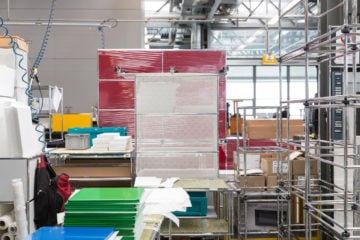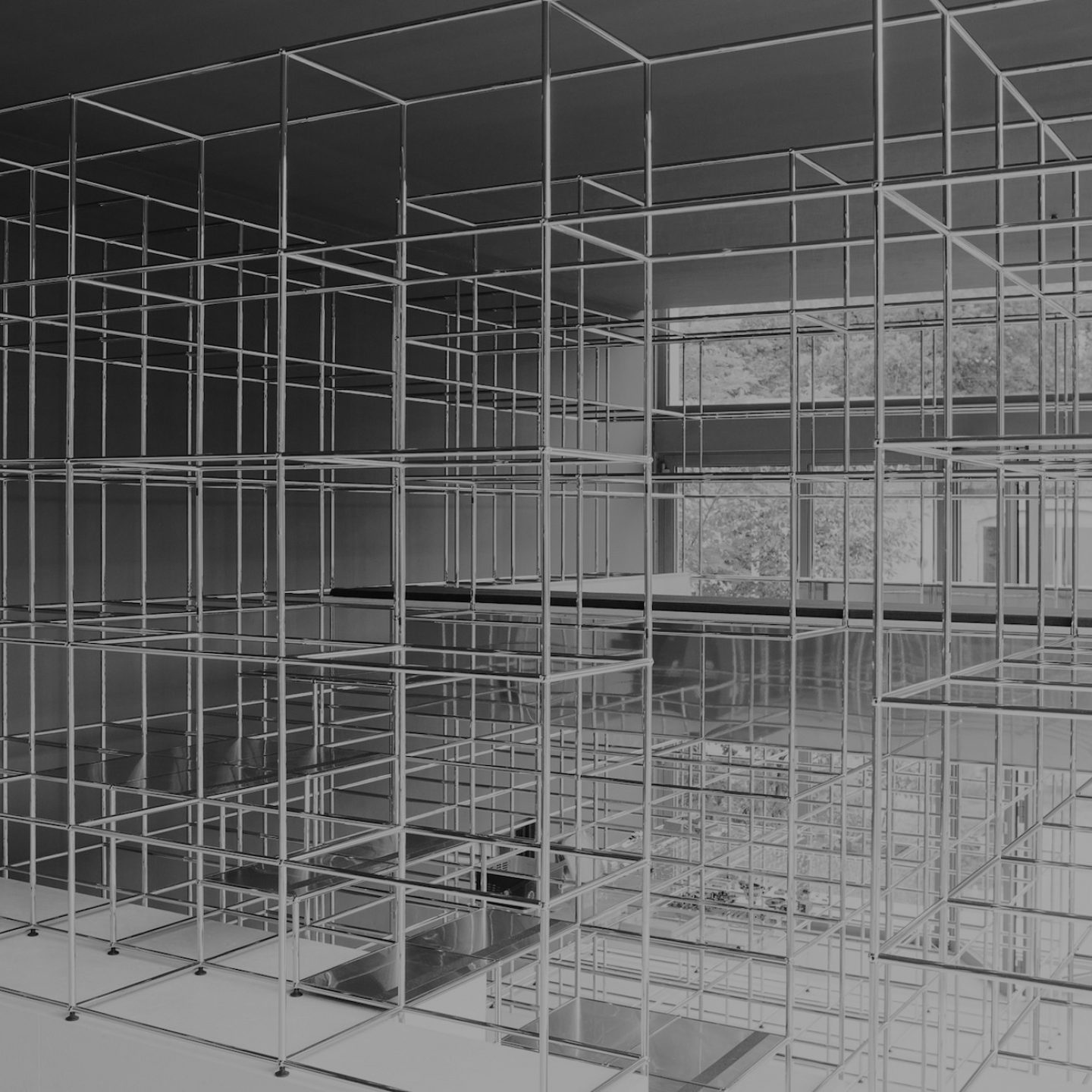
Flexible Futures: Visiting The USM WorkHouse
- Name
- USM Haller
- Project
- WorkHouse
- Images
- Alexander Kilian
- Words
- Rosie Flanagan
As the form and nature of work changes at an increasingly rapid rate, how can design—however innovative—keep pace? In their most recent evolutionary effort, USM created the WorkHouse, a space whose flexible design and intelligent programming aimed to spark conversation about the myriad possibilities of how we work now, and in the future.
With UNStudio, USM designed the WorkHouse, a six-week long participatory project based at the Wehrmühle Biesenthal at the edge of Berlin. Inside, a large-scale installation made from USM furniture pieces acted as an exoskeleton for the “speculative laboratory”, inside participants delved into conversations on the future of work and the possibility of a post-work utopia. With an increasing number of people working as freelancers from coworking spaces, cafes, and abroad, with jobs we never realized existed being advertised for, the spectrum of “work” is increasingly broad. We cannot predict its evolution, so how can we possibly design for it? In light of the premise and practice of the WorkHouse, we spoke to Dr. Thomas Dienes, Product Development Director at USM, about the future of work, where he believes that the only option is to remain flexible.
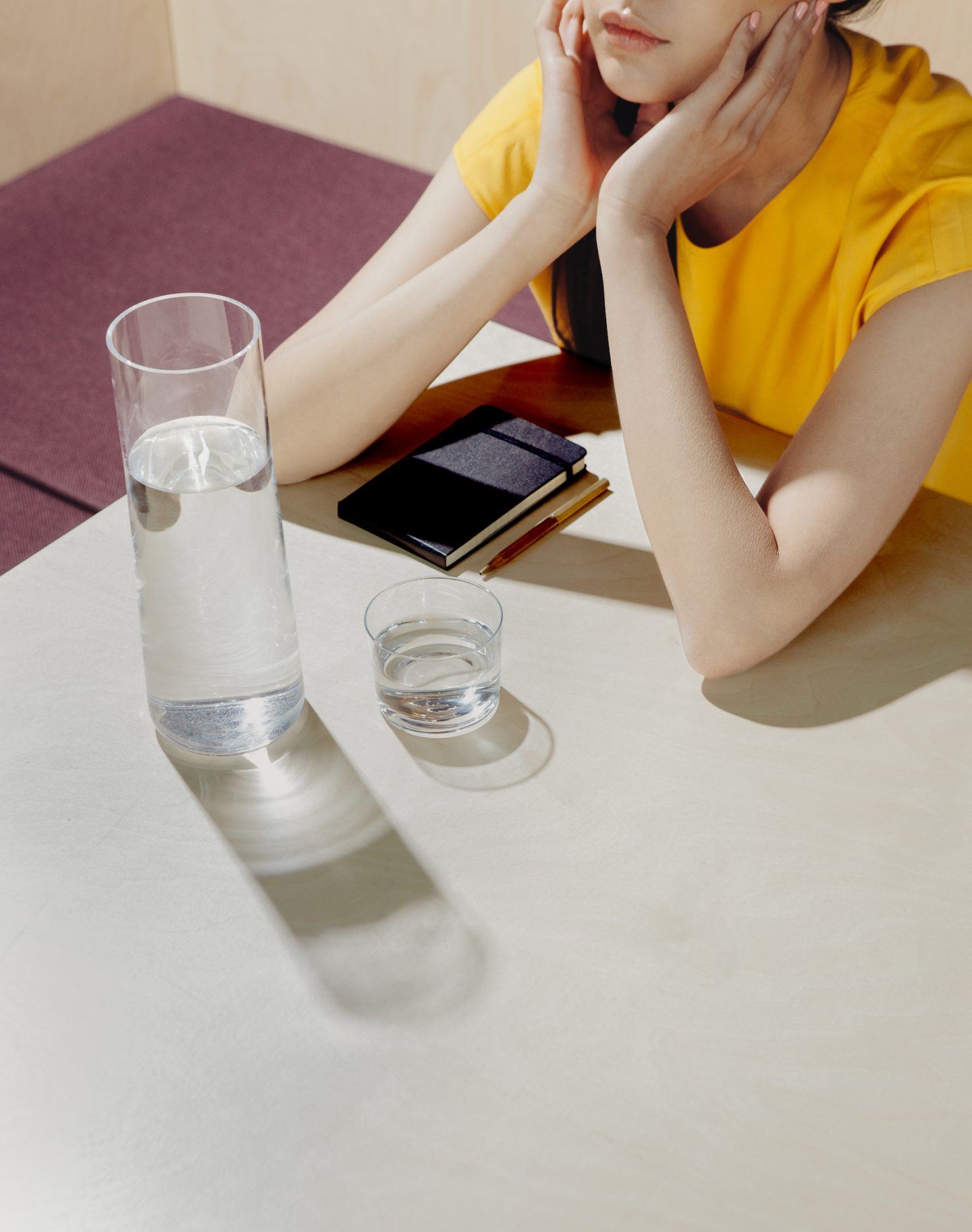
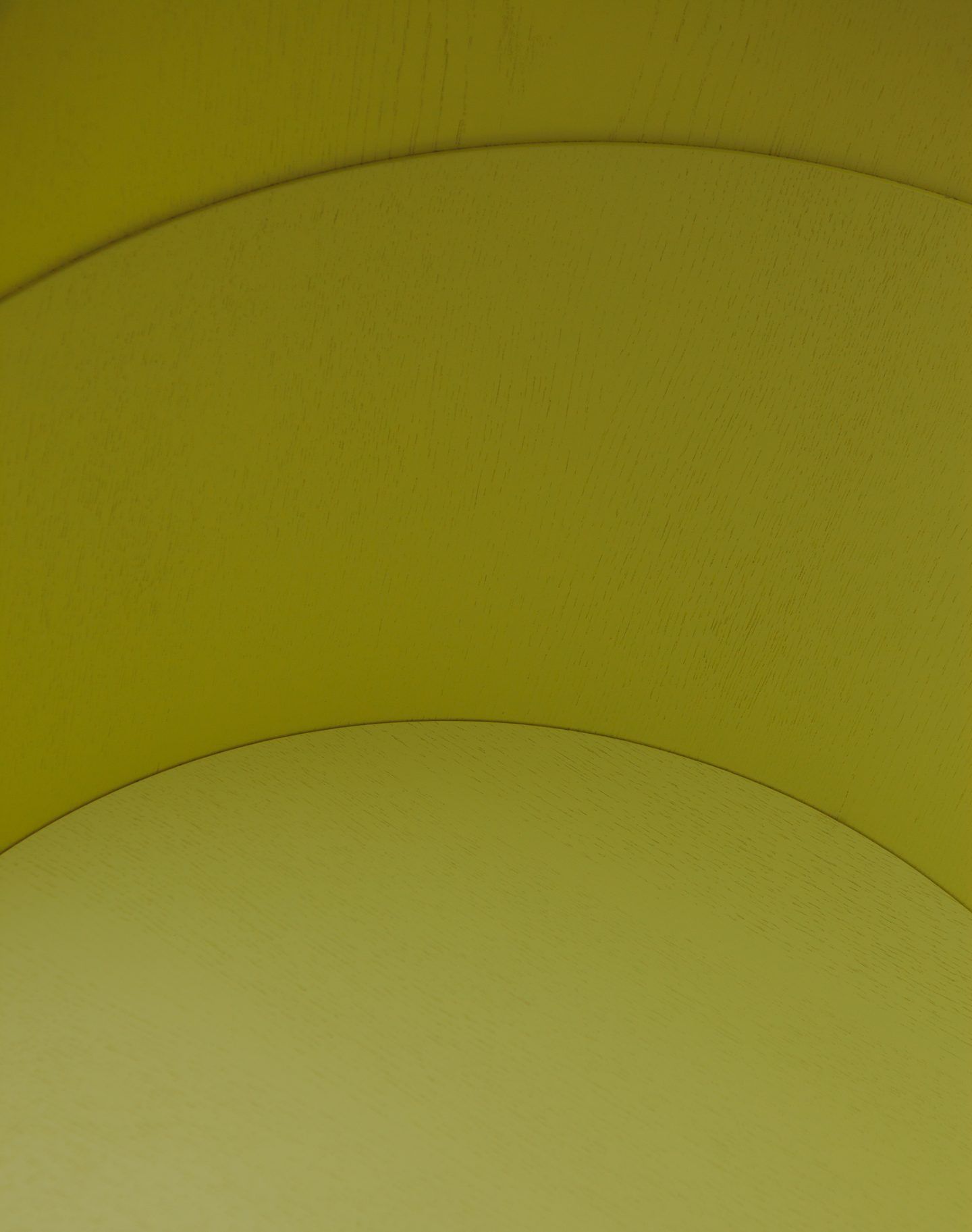
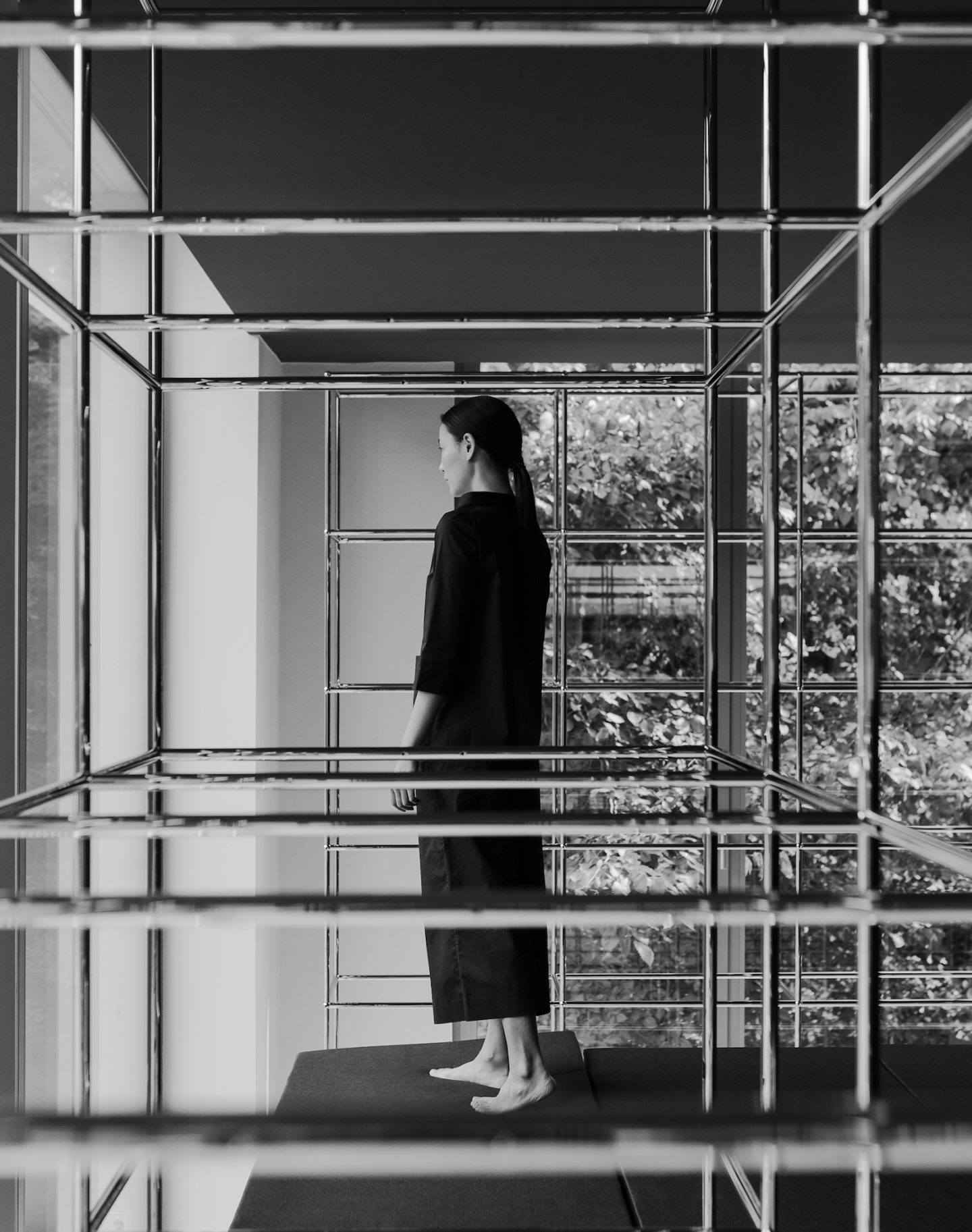
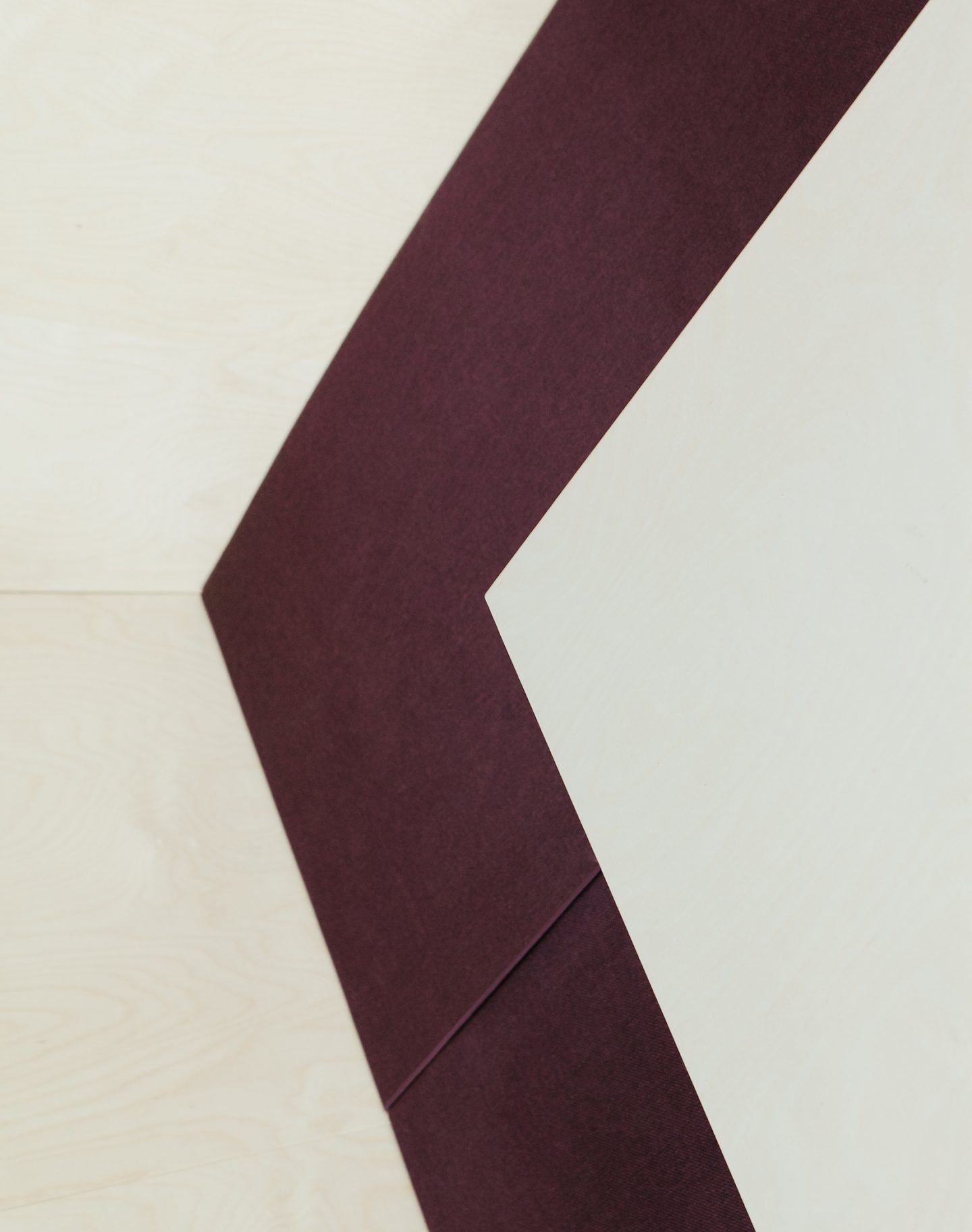
What is the premise behind the USM WorkHouse?
At the end it’s one small part of a long journey—we started this more than one year ago when we met UNStudio, and from USM side we thought that it would be good to think about the future, though we are, of course, doing this continuously. What will come up as new needs as new requests from the market? And what could be our answer to these new requests to these new needs? In the WorkHouse, we wanted to give workshops, we wanted to go a little bit deeper into the topic of what the requests in the future might be starting with discussion and then going into further detail to develop ideas that are more concrete. What the endpoint of the journey is, what is coming out of it from the content side, I don’t know (laughs). I mean, in the end, it would be great if a new product came out of it, or a new offer, or a new service content, so that is a little bit the idea behind the WorkHouse: Trying to create something that would help, or would cover the needs of the people in the future.
Why does USM feel that a project like the WorkHouse is necessary when the working process is so flexible and isn’t determined or driven by concrete outcomes?
The last project we developed, the Haller E, took around about seven years to develop. So we have to think a little bit more into the future; in five years, ten years, twenty years what will change, because when we start now developing a process if we don’t think a little bit further about what the demands in the future will be, we could develop a form or something that is completely wrong. So that was the idea of the WorkHouse, to invite people, mainly young people—because the future is related to young people—in order to come in discussion together with us and to think about this topic.
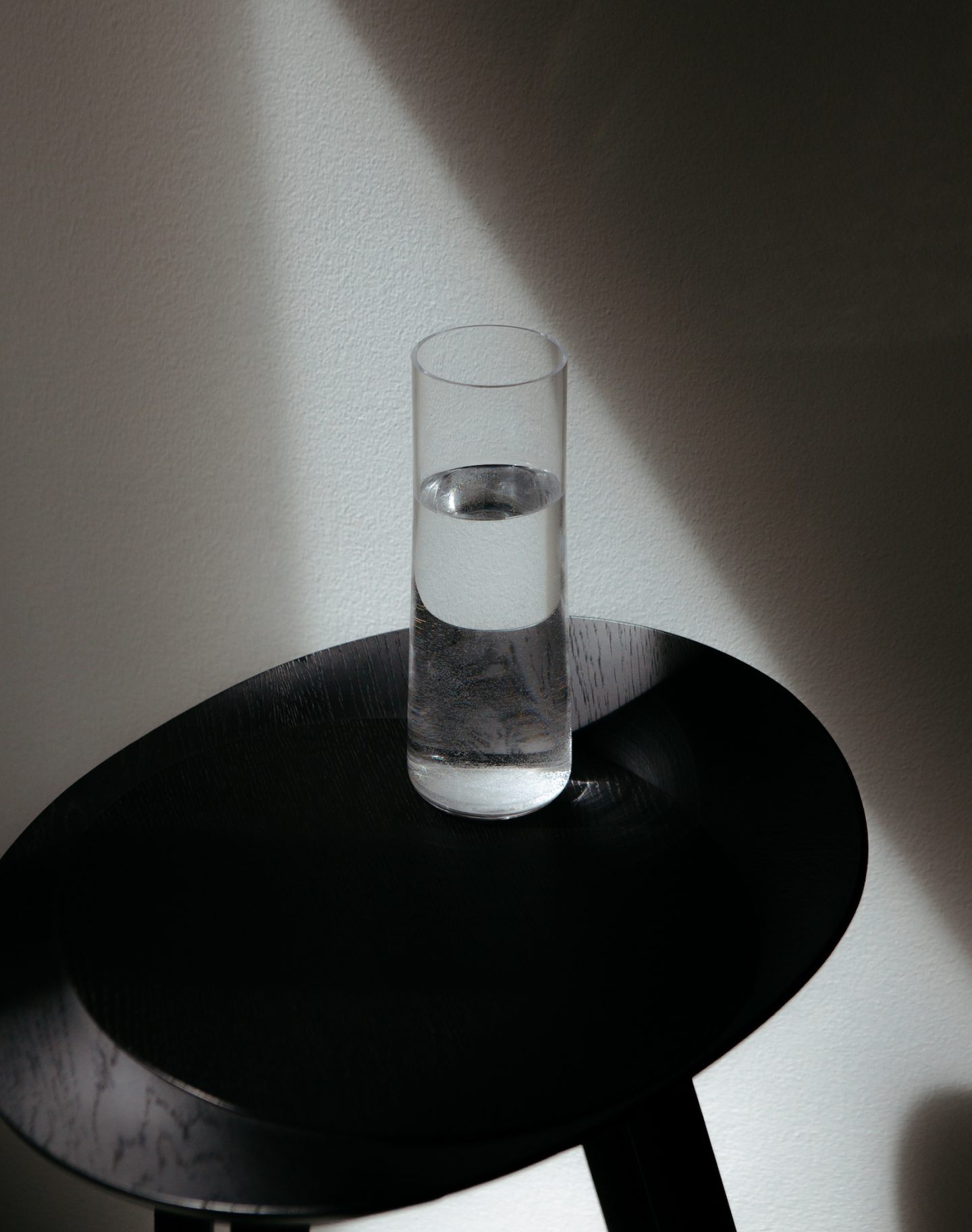
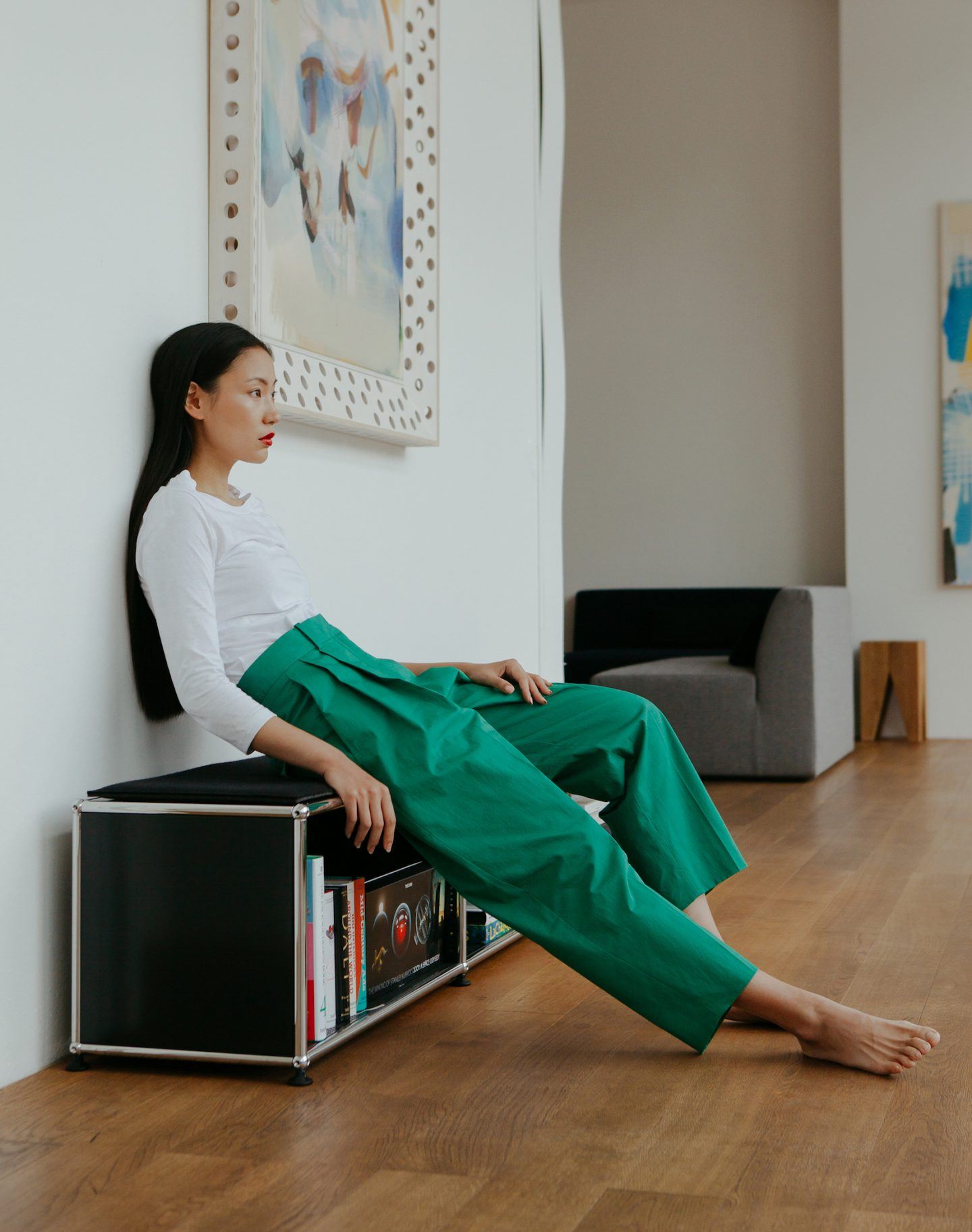
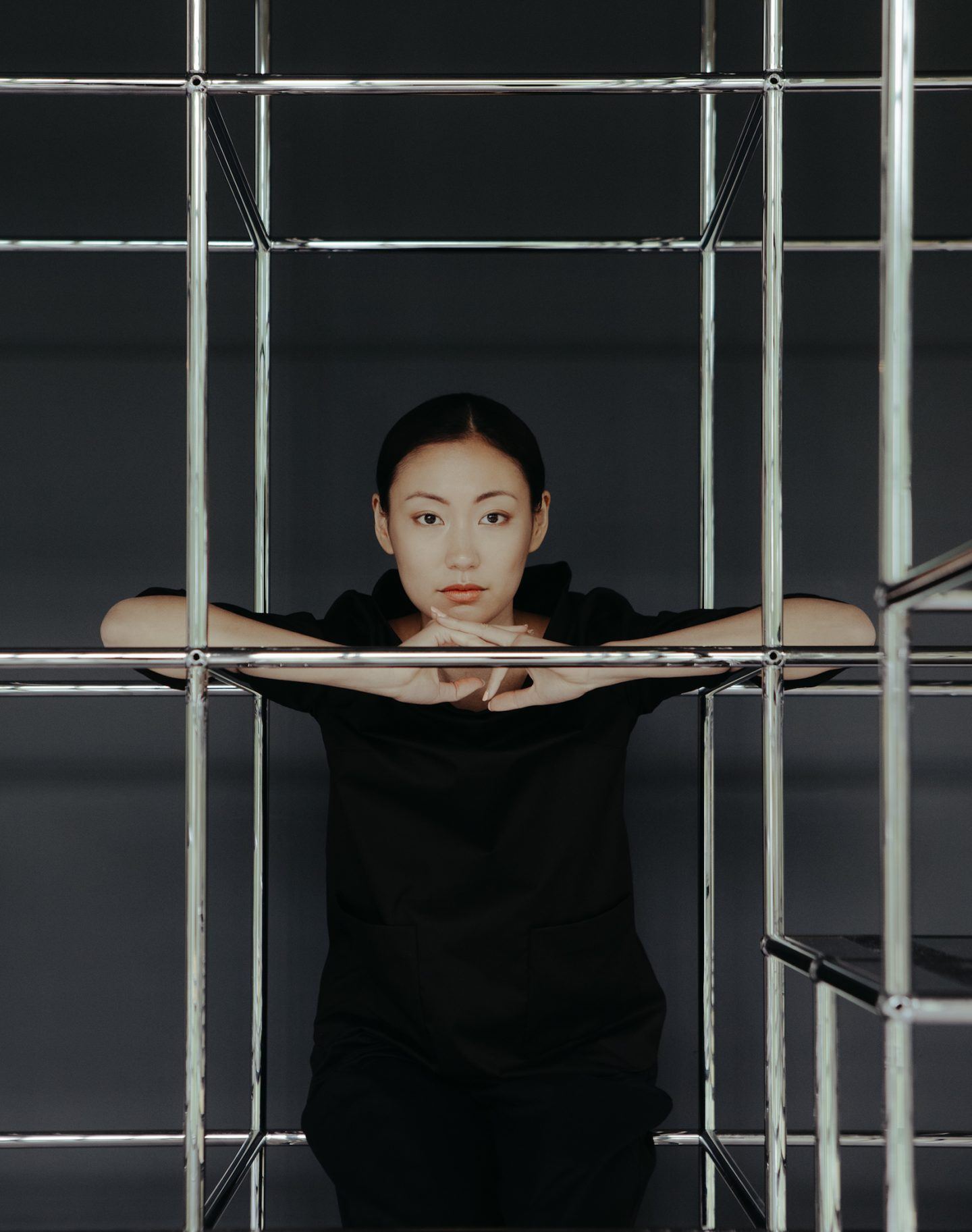
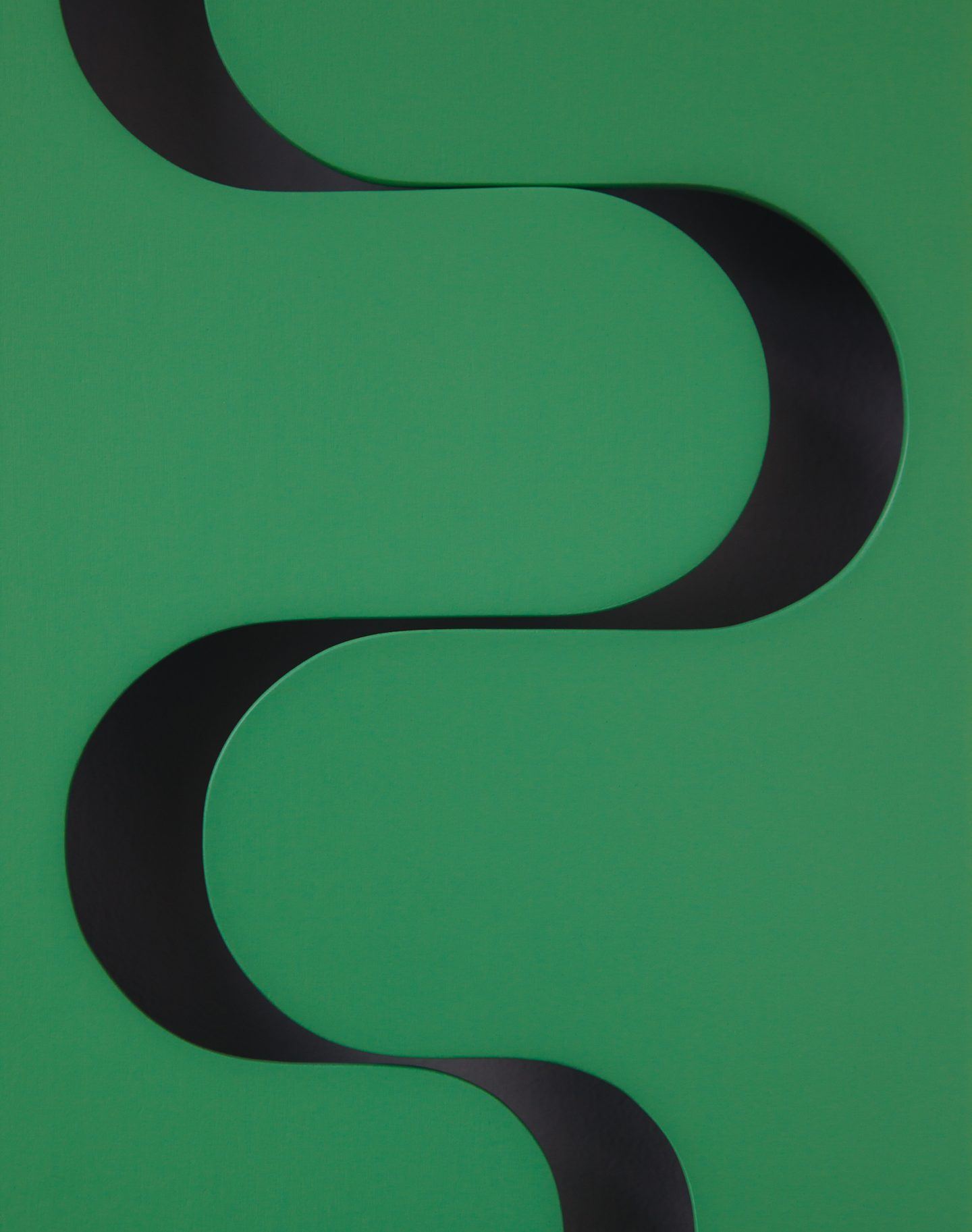
"What are the requests in the future?"
So is the way that you have structured the WorkHouse—in terms of programming and design—about the future of work for USM, or more generally?
I think it’s a little bit more about the idea of following the company’s own path, and also following the path of UNStudio. So we have a little bit from USM, more than fifty years, and we are following the path of modular systems, so we have seen the paths and how does each path build something out of it. So on one hand, you want to talk about the future: what are the requests in the future? But then we are trying to offer something that fits also to the past of USM.
The WorkHouse concept is similar to that of Milano, we took what we already had within this modular system, and we built a structure that was unexpected—because normally the people see USM as pieces of furniture, but you can build it so many different things out of it. In this sense we built a structure within a structure—so a structure within a house—and this structure had multiple purposes at the end, it was the frame that allowed us to have the workshop in there, and we had two different kinds of rooms in there, where we could really work. So using the system we have in a totally different sense, and looking to the future, what USM would really like to offer, or to create, or to develop, of course will have to do with our own path, this is all very much linked to the idea.
USM is based around this concept of modularity, and you have a very definite aesthetic—so how do you evolve correlatively with changes in how we’re going to work and how we use furniture?
I think we already are going in some direction. We started with the USM Haller E seven years ago, and we brought it to the market in 2017. The idea is that you see light in the structure of the furniture, but it was not about light at the end. The project overall was trying to electrify a structure, because the idea was, originally fifty years before, the furniture was developed in order to store paper in it, but now in our days, we know that storing paper is no longer an issue. In the future it will not be an issue. So on the one hand, I think that USM furniture is very well prepared for the future, because it can be adapted to the different needs of the people in the future. But if the main purpose of the furniture, storing paper, is no longer an issue today, in the future we would have lost. So the main idea was what could we add to this system to give totally new possibilities. If we have electrification in it, we can have light in it, and we know this is only the starting point of this development, we know it is not only possible to send power through this structure, that we also could send other signals through—it is really very open. So this was the idea, the way the people are working, paperless in this sense, is changing, and so we also have to offer different things for the future, so that classic furniture will also be interesting in the future.
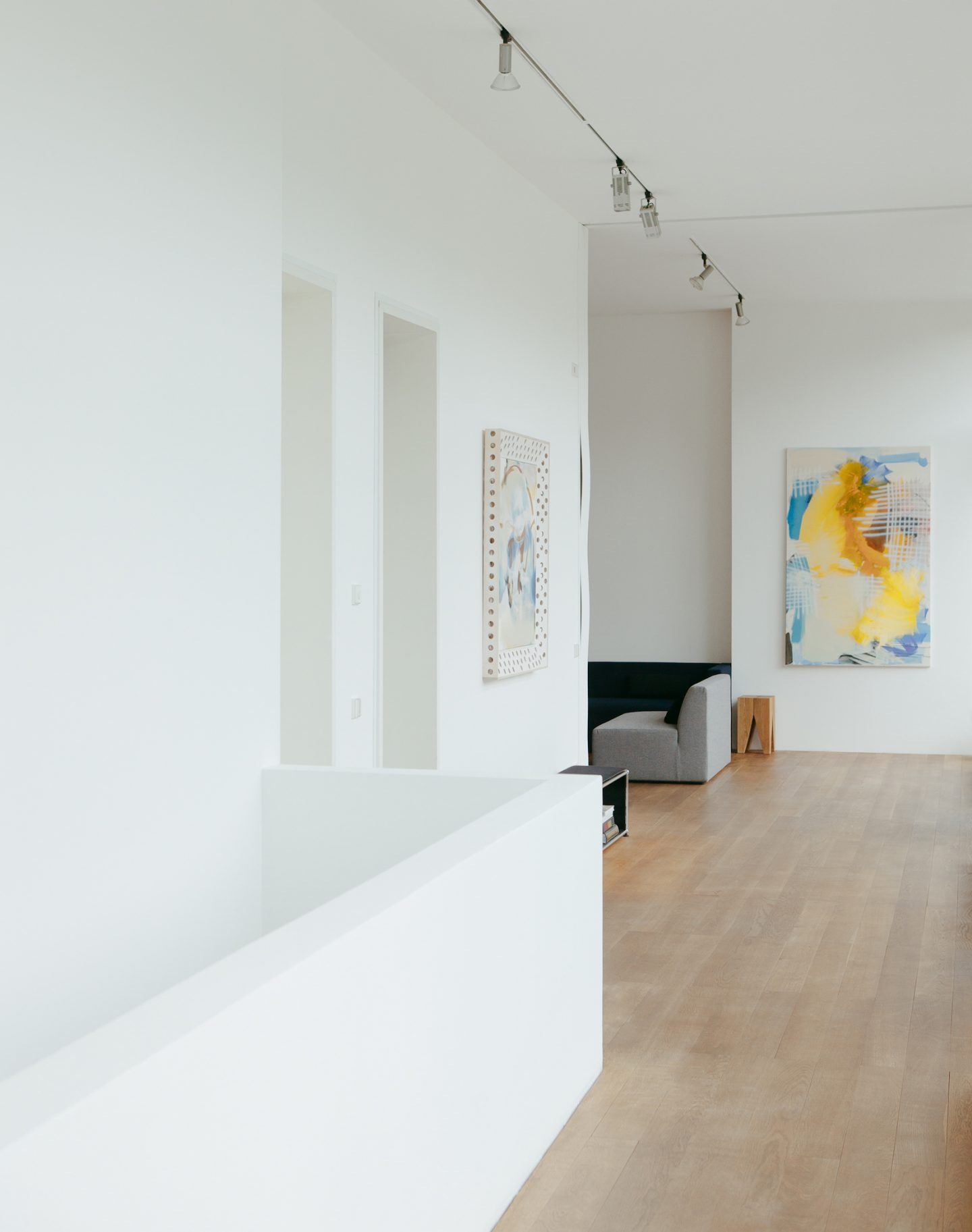


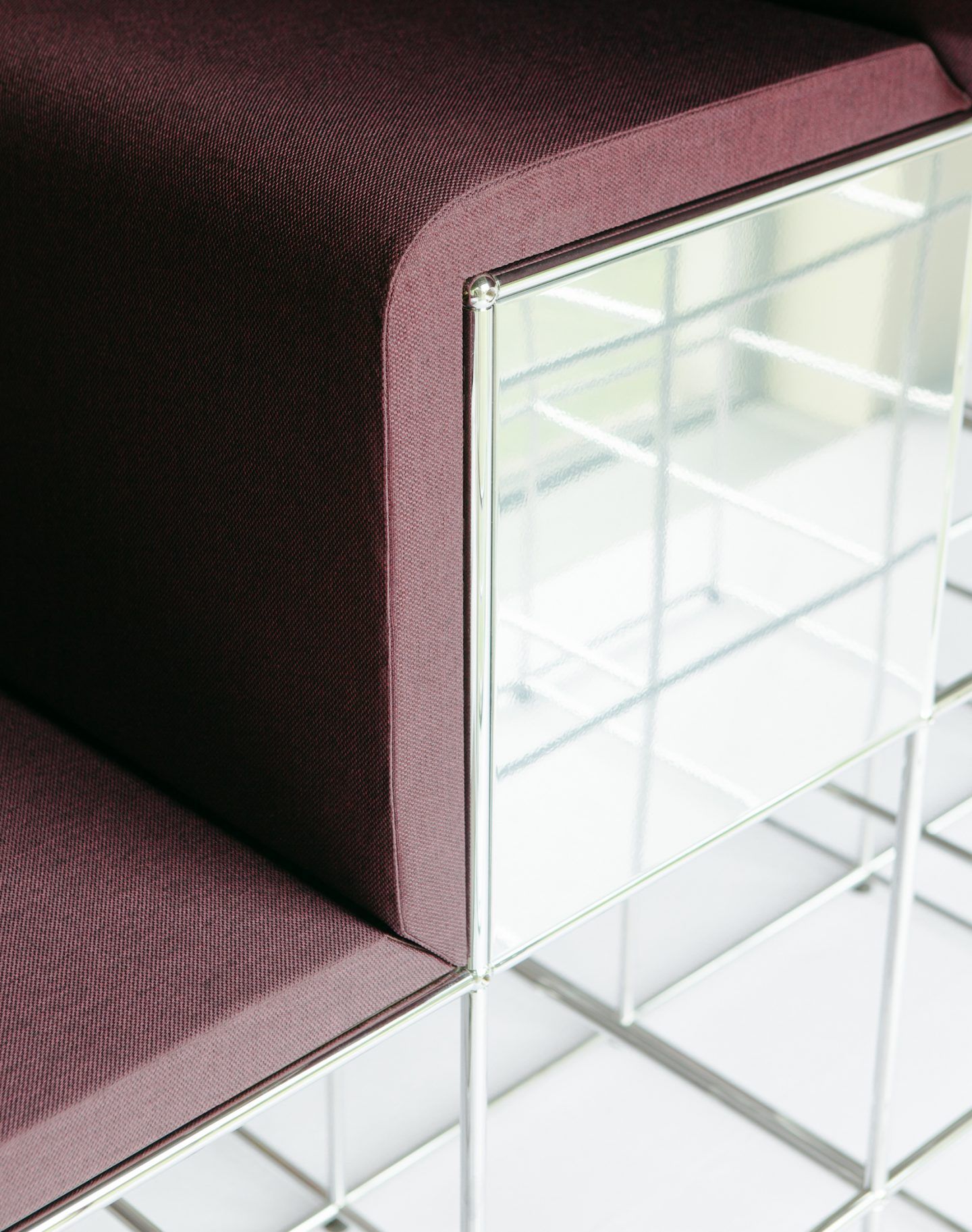
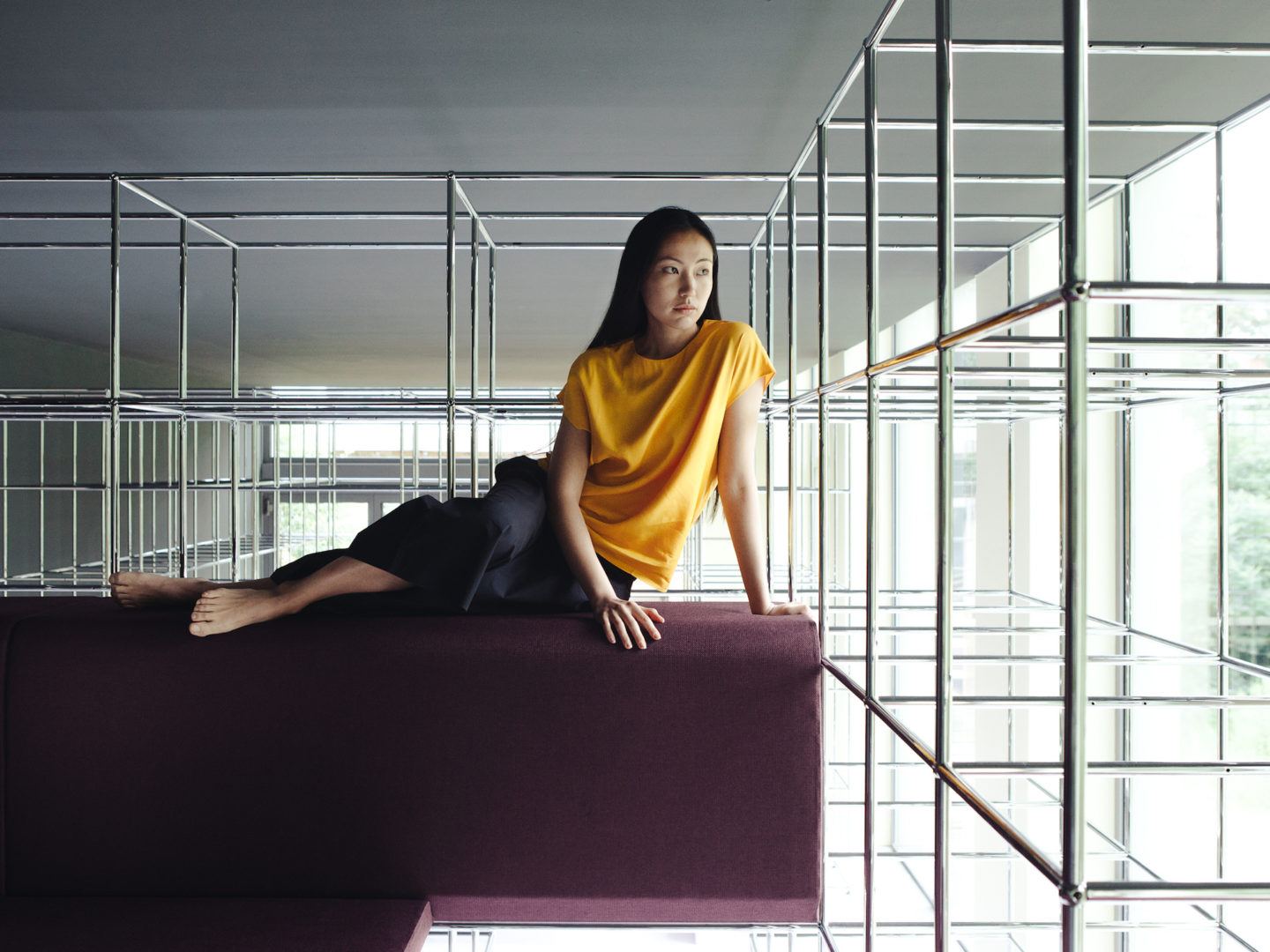
Work is obviously changing, as are the workspaces that we work in—as such, the line between home and work has never been more blurred: how is USM dealing with this?
Yeah, you’re totally right, work is changing already. For example, at the moment I am somewhere in Spain and I am telephoning with you and I don’t know exactly if it is work or home, and the environment where I’m telephoning is a home space, so it’s totally strange this distinction—or it is totally normal this situation? In a way. And this reflects, of course, the parts you need, or you are inspired about and would like to work amongst. I think, not each room is really a good room in order to do work, I think for me it needs a little bit inspiring room, a fascinating room, a little bit like the WorkHouse for example—it was a normal house and we brought this installation in it, and the working areas have been on a different level, and from each level you can have a view to the outside and from that kind of level, one to two meters higher than usual, the kind of view you normally don’t have. So it was fascinating to work inside with those big windows looking to the outside, being inspired by nature, hearing a little bit the noise of the water of this little river beside and this was a very inspiring situation.
For the people who are still working in offices, what do you think facilitates good work in terms of a space?
So it is a little bit about creating a space where you have the mix of different areas, concentrating areas, working areas, project areas, and so this and the people can choose the kind of area that they would like to work. Or they can also choose the table that they would like to work, a little bit like the coworking spaces are sometimes accessed by community, though the style can be different. If this build is the concept for the far future ten or twenty years, I don’t know exactly at the moment. It is this mix of different areas that I can use in other spaces this is related to my feelings, or related to the kind of work that I have.
We already spoke about it, but the topic regarding your questions of how I would see work in the future, and there I couldn’t give you the right or a correct answer, because really I don’t know what is happening in the future. If you look to the past, how often they thought they knew exactly how people would work in the future, and then ten years later it has changed totally. We know it will change dramatically, so in this sense if we think about the future, and solutions for the future, we have to create things that are open or adaptable for different needs that we don’t exactly know anything about. I think this is extremely important. We have to be flexible, we have to develop things that are flexible. If it is a service concept or whatever it is, it has to be flexible and adaptable to be used differently.

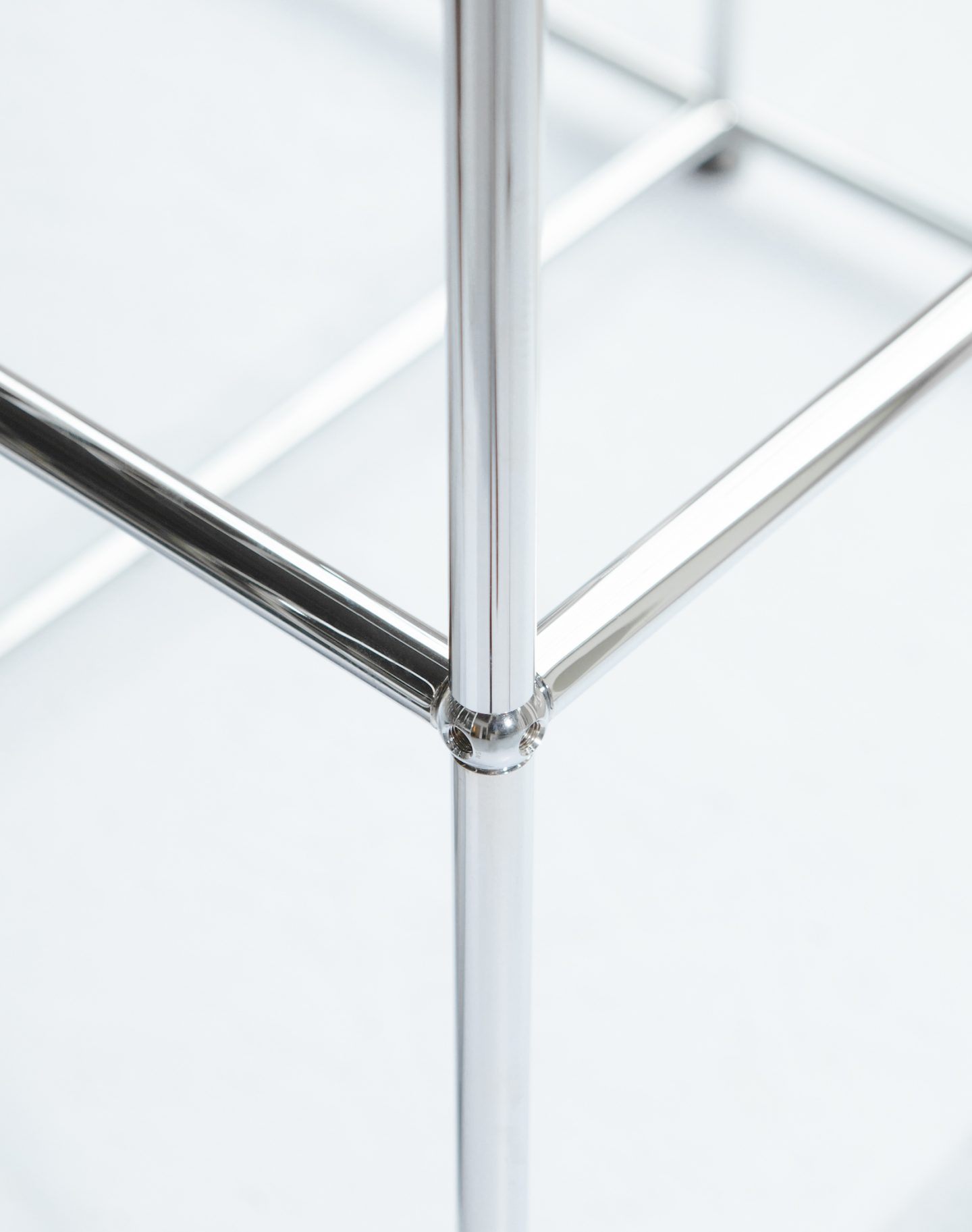
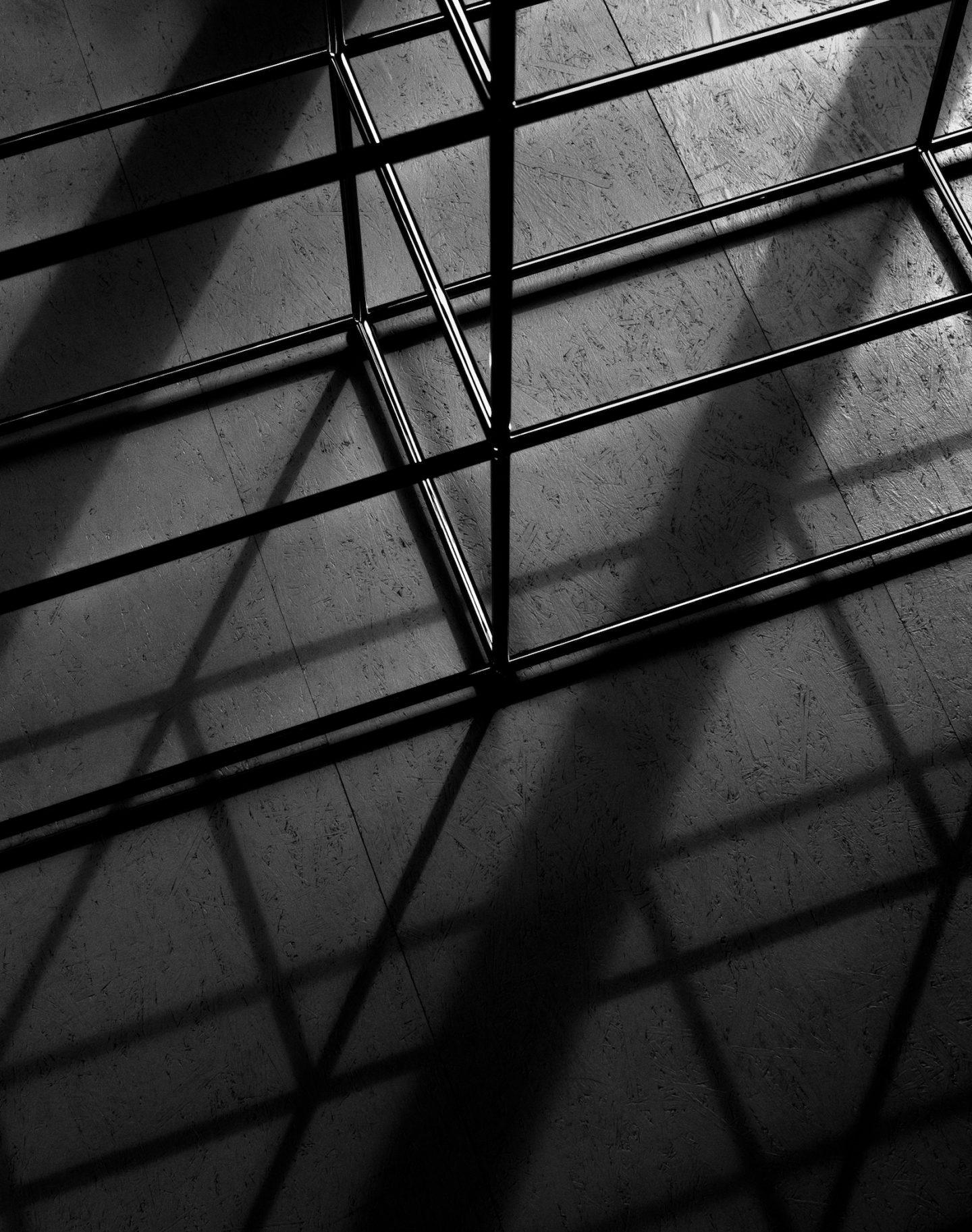
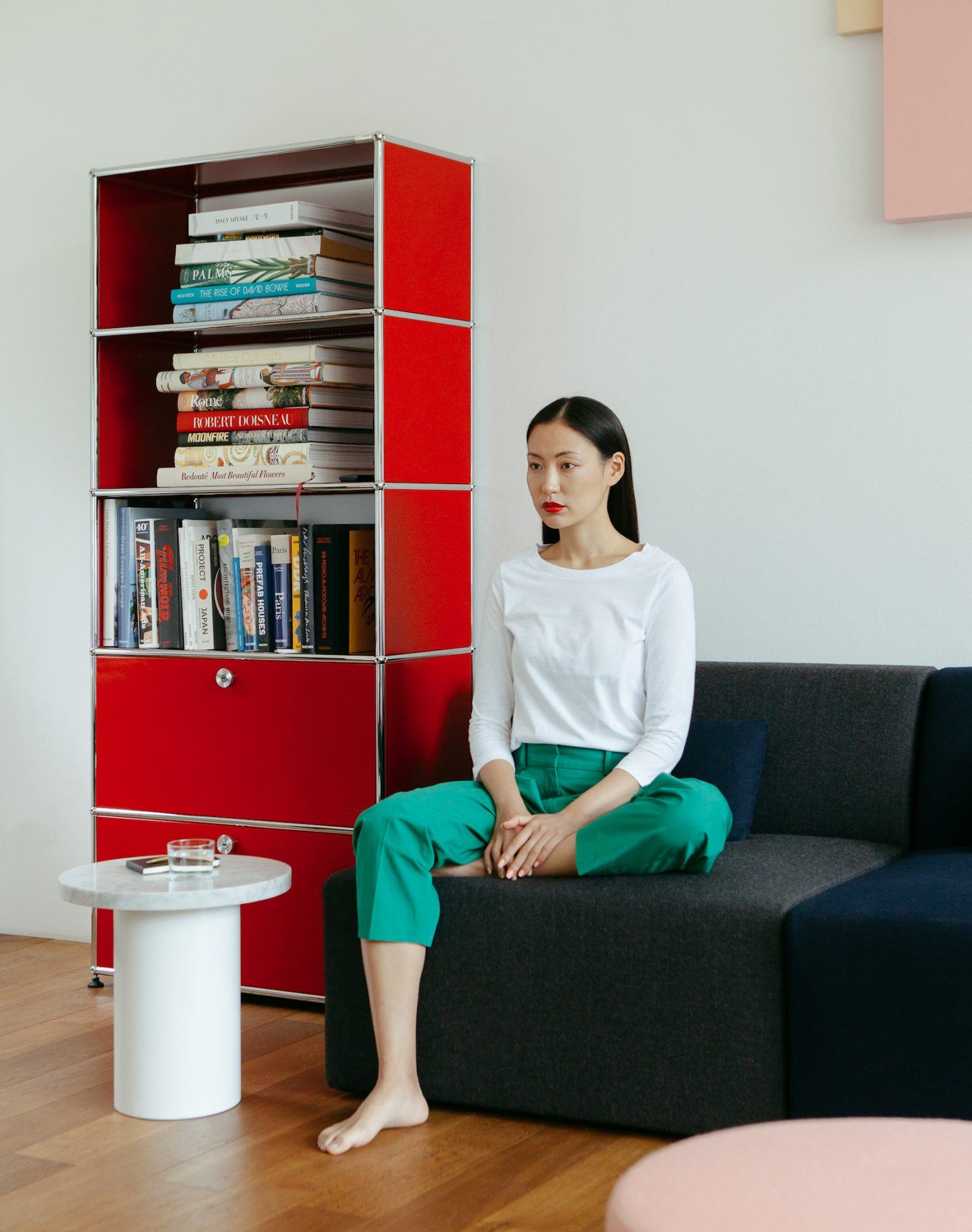
This feature was created in collaboration with USM.
All images © Alexander Kilian for IGNANT Production | Model: You Kim
